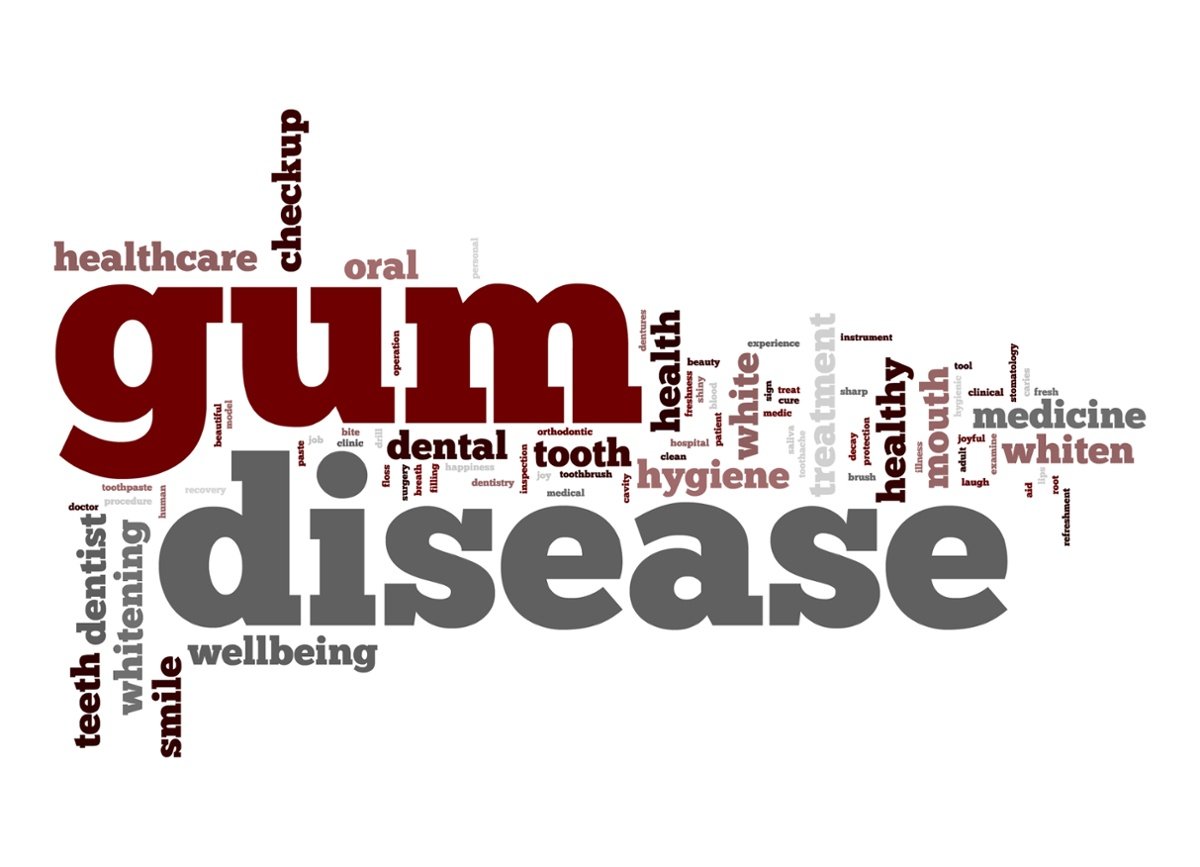Many patients diagnosed with periodontal disease are encouraged to have gum surgery. With traditional surgery, also known as flap surgery, the dentist makes an incision in the tissue, allowing them to peel back the gums.
This gives them access to the tooth's root, making it easier to clean, reshape the bone, and cut the gum tissue.
This procedure has been successful for many years but is becoming a thing of the past with advancing technology. Laser periodontal therapy — including Laser Assisted New Attachment Procedure or the LANAP Protocol — is a modern technology that is less invasive than traditional surgery, making it a favorable choice among patients and doctors.
Although relatively new in dentistry, the LANAP Protocol has given periodontal patients options for treating their condition. Patients can get treatment without a surgical incision, reducing treatment time.
Keep reading to learn everything you should know about the LANAP Protocol.
Defining Periodontal Disease
Periodontal disease is the less common name for gum disease. This condition is an infection that affects the supporting tissues of the teeth and the jaw bone.
In the early stages of gingivitis, it can be reversed with proper treatment. Once it has advanced to periodontal disease, it must be treated by a dentist.
Risk Factors
Although anyone can develop periodontal disease, according to the National Institute of Dental and Craniofacial Research, signs are most common in adults who fall into the 30-40 age group.
You may be more susceptible to developing this disease if you fall into any of these categories:
- Practicing poor oral hygiene
- Tobacco smoker
- Diagnosed with diabetes
- Take certain medications
Sometimes genetics can play a role in whether you develop periodontal disease.
Treatment for Periodontal Disease
A traditional way of treating the early stages of periodontal disease includes scaling and root planing. This non-surgical approach allows the dental professional to deep clean the teeth, removing tartar and bacteria underneath the gum line.
Advanced stages of gum disease may require more invasive treatment, like flap surgery. However, more dentists are turning to alternative methods, like Laser Assisted New Attachment Procedure or the LANAP Protocol.
What Is the LANAP Protocol?
Flap surgery is becoming a thing of the past, especially with the invention of the LANAP Protocol. Now your dentist can target and remove diseased tissue by using a laser.
That means there are no more scalpels and pain associated with traditional procedures. Instead, the LANAP Protocol is a less invasive approach that allows the patient to recover much quicker.
A Summary of What to Expect
Before the procedure begins, the dentist will administer antibiotics and local anesthesia to help maintain patient comfort throughout the process and reduce the risk of infection. During treatment, your treating provider will:
- Use a dental probe to determine the level of treatment needed for each tooth
- Use a laser to remove the harmful, infection-causing bacteria
- Remove disease-causing tartar with specialized instruments, like an ultrasonic scaler
- Connect gum tissue back to the root with the laser
- Remove part of the tooth to help prevent new tartar from developing
After the procedure, the patient can return to their regular routine with minimal pain. They won't have to return to the office for suture removal or expect any long-term discomfort. Recovery takes about 24 hours, which is considerably faster than the two to four weeks of flap surgery recovery.
How Long Is a LANAP Procedure?
Ultimately, this depends on the extent of the gum disease. But the average time you can expect for this appointment is one hour. For more extensive cases, you may need additional visits.
Are There Benefits to the LANAP Protocol?
It has been scientifically proven that LANAP can help with periodontal regeneration, new bone growth, and gum tissue attachment. This advanced technology is safe for just about every patient. Existing health conditions or medications cause no complications.
But those aren't the only benefits. Other advantages of the LANAP Protocol include:
- Minimally invasive
- Does not require cutting into the gum tissue
- Treats inflammation without removing the gum tissue
- There is no downtime
- Improved results compared to traditional surgeries
- Reduced chances of infection, bleeding, and pain
Patients who have received traditional gum therapy have also seen success with LANAP laser surgery.
Are There Any Disadvantages of the
LANAP Protocol?
There's only one downside to LANAP. It is not as effective at treating advanced cases of periodontal disease. You may need alternative procedures to treat severe cases, including teeth extractions. It is crucial to discuss your concerns with your dentist if you think you have gum disease.
What Happens If I Leave Periodontal Disease Untreated?
It's always the patient's choice to move forward with treating their periodontal condition. However, if it is left untreated, you can lose your teeth or develop other severe health conditions. As the disease worsens, bacteria can travel through the bloodstream and into other body parts, making kidney and heart diseases worse.
It's important to point out that periodontal disease can signify that you have other serious health conditions. Always talk to your doctor about the status of your gums and what their condition means for your overall health.
Can I Choose the LANAP Protocol for My Treatment?
Laser treatment is a simple and effective solution to restore the health of your gums. Of course, this depends on how advanced your condition is. Why should you suffer through traditional flap surgery when less invasive methods are available?
Talk to your dentist about using this alternative treatment method. There are no downsides. Besides, who doesn't want a quicker recovery? If you aren't currently under the care of a LANAP-trained dentist, search for one in your area and begin the conversation about your laser therapy treatment.
Are You Searching for a LANAP-Trained Dentist?
If you have a history of periodontal disease or are concerned you may have it, the skilled dentists at Palmetto Dental Arts can help. We have doctors trained in the LANAP Protocol who are ready to help restore your smile. We're happy to answer any questions or schedule your appointment. Call us today!





